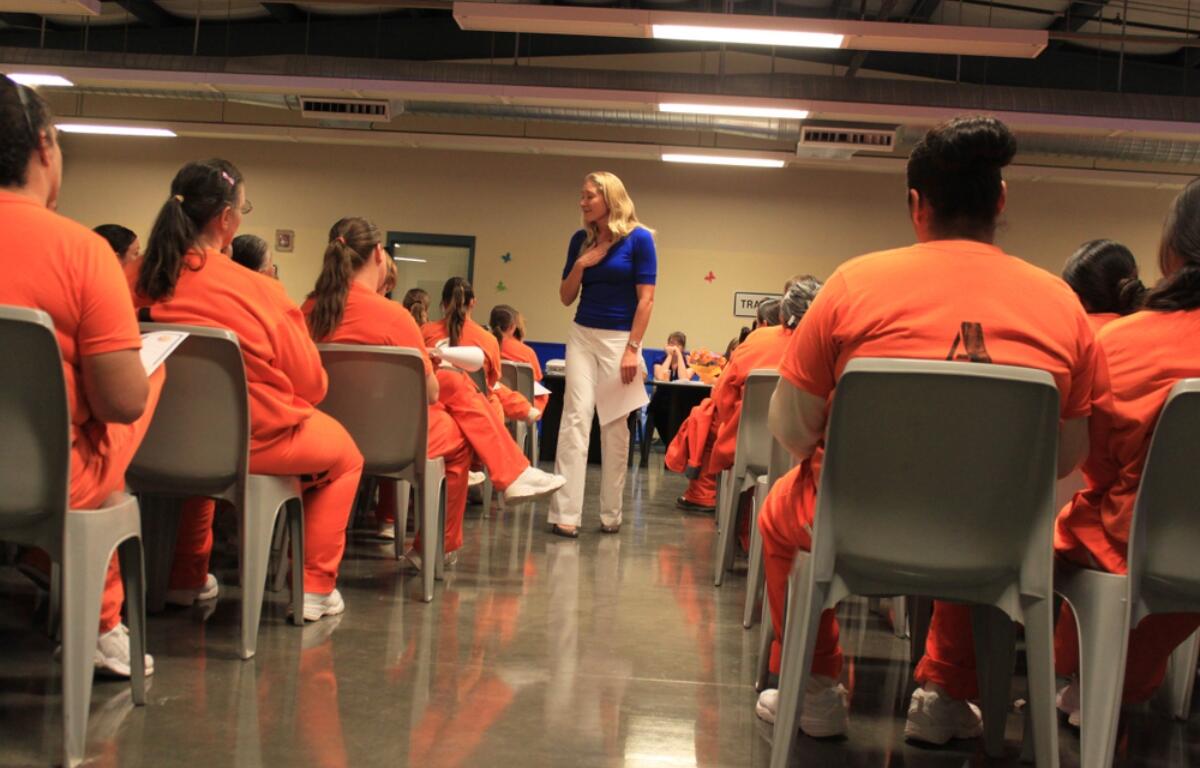(CAPITOL CITY NOW) – The thing about prison is: most people eventually get out.
“Illinois was the very first state in the country to have college programs (in prison) back in the 1950s,” says Rebecca Ginsburg, director of the Education Justice Project at the University of Illinois. where she is also an associate professor of education policy. “So we were ahead of the curve in recognizing the value, not so much to individuals but to society, of educating people while they are incarcerated, because they are more likely to succeed upon re-entry if they have the ability to get a good paying job to support themselves and their families.”
It’s expensive. “That’s one of the reasons that we haven’t been able to scale up in Illinois as much as they have in some other states – for example, in New Jersey – where college-in-prison programs are much more extensive.”
And, Ginsburg adds, the report’s numbers are not encouraging. “The report shows that there are 2,740 students enrolled in these programs and 2,047 on the waiting lists. And that’s an underestimate because I know from personal experience many individuals who took themselves off the waiting list because they were on it for years.”
Ginsburg authored a state-mandated report on access Illinois prison inmates have to a college education.




